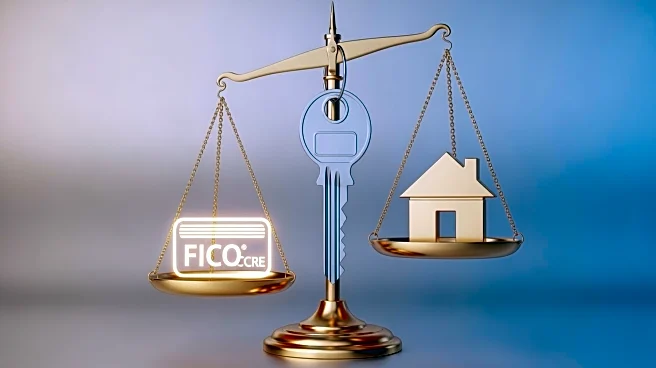What's Happening?
Mortgage rates have decreased to their lowest level in a year, falling below 6.2%. This decline is largely attributed to the Federal Reserve's ongoing adjustments to its benchmark interest rates, which
have influenced the 10-year note yield. As a result, homeowners who purchased properties in the past two years, when rates were as high as 7.91%, are now considering refinancing options. The current average rate for a 30-year fixed mortgage is approximately 6.26%, offering significant savings for those with higher existing rates. However, experts caution that refinancing involves substantial closing costs, which must be weighed against potential savings. Financial advisors suggest exploring options like 're-casting' with current lenders to minimize costs.
Why It's Important?
The drop in mortgage rates presents a significant opportunity for recent homeowners to reduce their monthly payments, potentially easing financial burdens. This shift could stimulate increased activity in the housing market, as lower rates make homeownership more affordable. However, the decision to refinance should be carefully considered, as it involves costs that could offset the benefits. The broader economic implications include potential boosts in consumer spending and housing market stability, contingent on the Federal Reserve's future rate decisions. Homeowners with strong credit stand to benefit the most, as they can secure the most favorable rates.
What's Next?
As the Federal Reserve continues to adjust its interest rates, mortgage rates may fluctuate. Homeowners are advised to monitor these changes closely and consult with financial advisors to determine the best refinancing strategy. The potential for further rate cuts could lead to even lower mortgage rates, encouraging more homeowners to refinance. However, the market's response to the Fed's actions will be crucial in determining the long-term impact on the housing sector.











